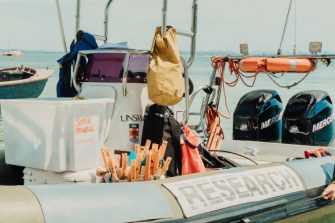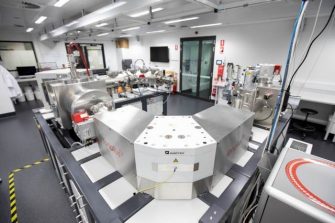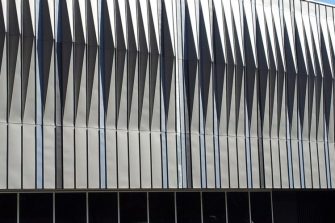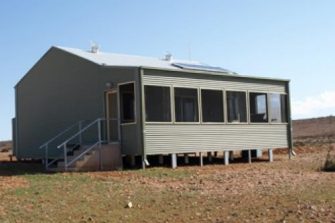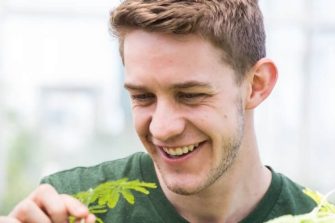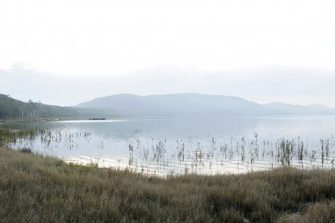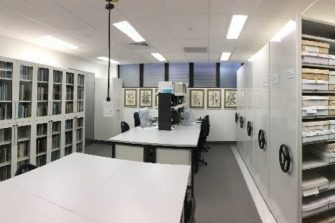Facilities

The UNSW Biological, Earth and Environmental Sciences facilities support teaching and research excellence at UNSW and in collaboration with other institutes.
Our varied facilities support a range of disciplines within the natural sciences and in a range of habitats.

